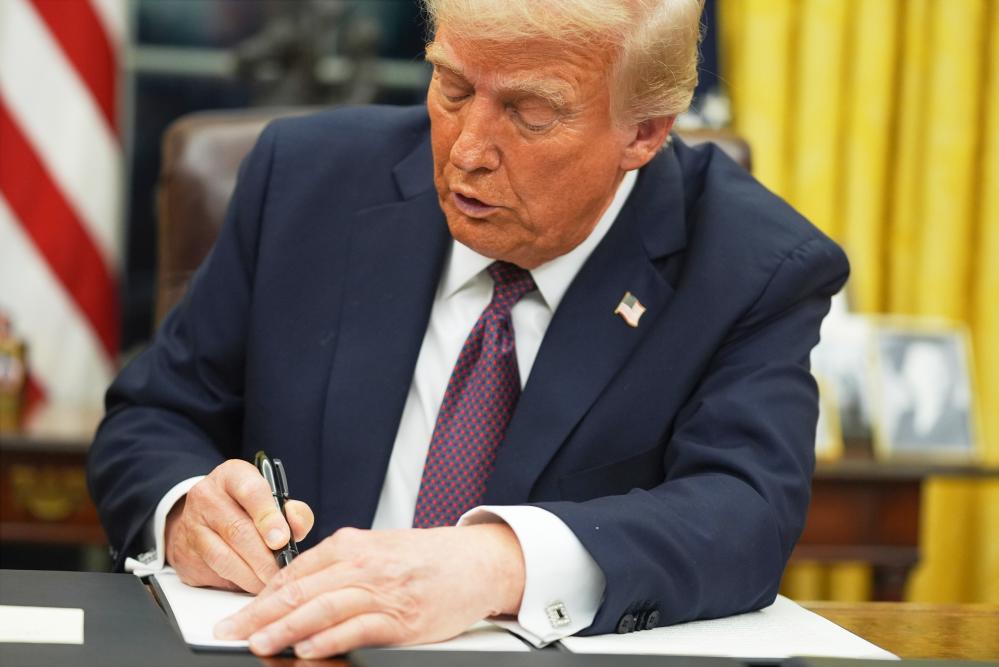Trump signed an executive order on 17 July creating a new classification of federal employees who would be subject to hiring and firing by the president, Schedule G, for employees working on policy, in the latest action by his administration to reshape the federal workforce.
The non-career classified employees will be expected to leave in changing presidential administrations, with the order claiming it will “improve operations, particularly in agencies like the Department of Veterans Affairs, by streamlining appointments for key policy roles”.
The order did not cite how many employees would fall under the new classification.
“President Trump is delivering on his promise to dismantle the deep state and reclaim our government from Washington corruption,” the White House said in a fact sheet on the order.
Related: ‘Devastating’: US public broadcasters condemn Trump cuts to key programs
The classification appears similar to Schedule C, which refers to temporary federal employees working on policy issues.
“We already have Schedule F (turning career civil servants into at-will employees). Now Trump is announcing Schedule G: Opens space at top ranks of govt for Trump loyalists as policymakers, with no limit on hires. Continues pattern of politicization,” wrote Don Moynihan, a public policy professor at the University of Michigan, on social media in response to the executive order.
Schedule F, which Trump tried to implement near the end of his first term in office, was revived earlier this year. It strips civil service protections afforded to other federal employee classifications, making it easier to fire these employees at-will.
Since Trump took office, his administration has sought to strip civil service protections for large swaths of federal employees, eliminate collective bargaining rights, and make it easier for the administration to fire federal employees at-will and without cause.
Culling the civil service is a key plank of Project 2025, the conservative manifesto that outlined plans for a second Trump administration. In each agency chapter, the project suggests ways to make more positions political appointments instead of nonpartisan career roles, forming a federal government more beholden to its executive and less likely to push back.
Max Stier, the president and CEO of the Partnership for Public Service, said the new classification is “another misguided attempt by the administration to further politicize the federal workforce”. The new classification will make the civil service system more confusing, he said, adding that the president can already make hundreds of political appointments through Schedule C and other existing authorities.
“At the end of the day, the main mission of our government is to serve and protect the public,” Stier said. “Our nonpartisan civil service is critical to keeping the services we rely on running continuously, even when political administrations change. Adding even more political appointees – who will only be in government for a few years – means that effective, stable service delivery will suffer. It’s the American people who will pay the ultimate price.”

